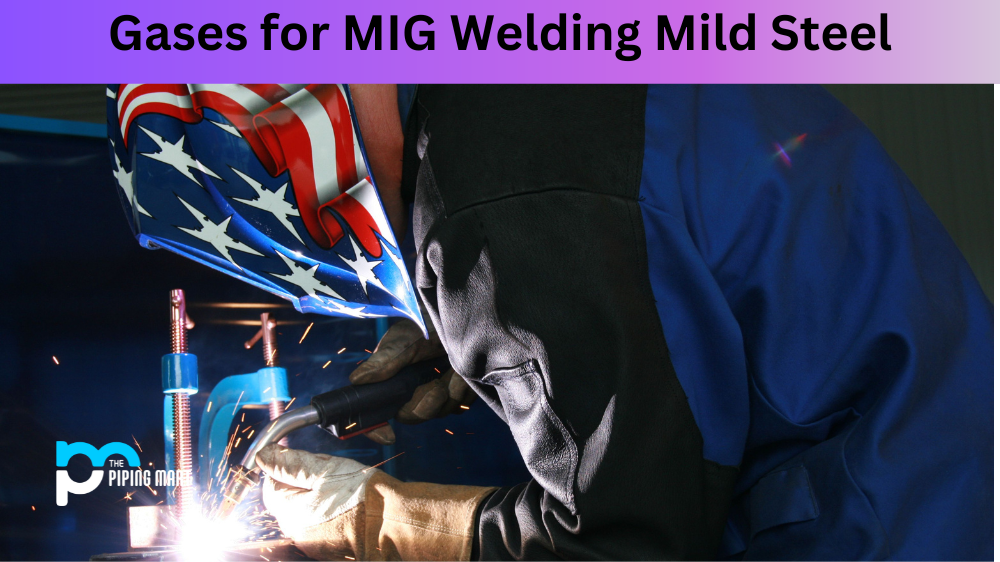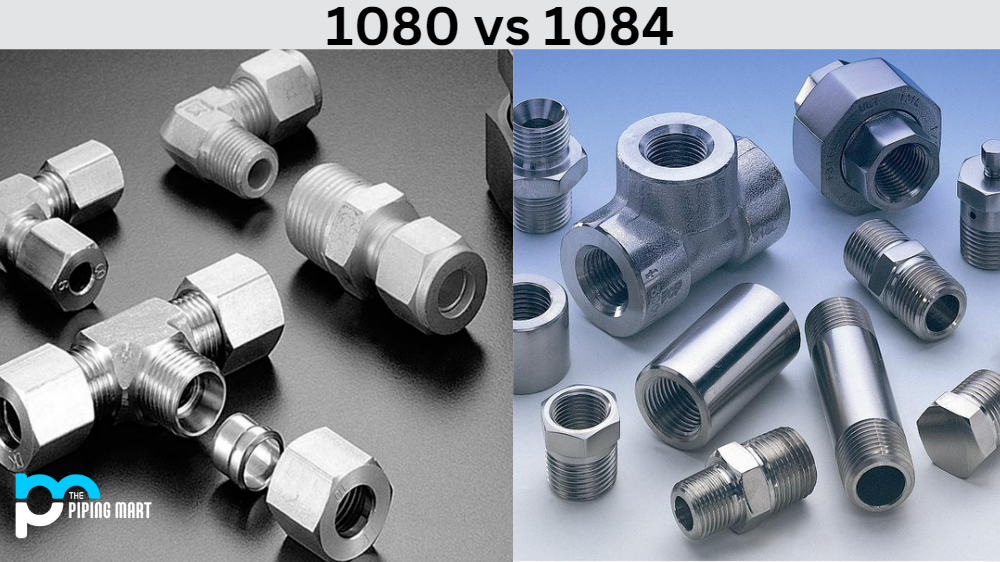If you’re starting with MIG welding mild steel, you might wonder what type of gas is best for your application. The suitable gas can make a massive difference in the quality of your welds and can help ensure that the job is done correctly and safely. Consider what you need to know about gases for MIG welding mild steel.
Types of Gas for MIG Welding Mild Steel
Several types of gas can be used for MIG welding mild steel. The most common type is argon, an inert gas producing high-quality welds. It also helps reduce spatter, which makes it ideal for light fabrication work. Another popular choice is carbon dioxide (CO2), which is less expensive than argon but produces slightly lower-quality welds. Helium can also be used, but it’s more costly and is only typically recommended if you’re doing some particularly heavy-duty welding work.
Gas Mixes for MIG Welding Mild Steel
When selecting the appropriate gas mix for your project, there are a few factors to consider. For example, if you’re using aluminum wire, you’ll need to use an argon/CO2 mix or pure CO2 to achieve optimal results. On the other hand, if you’re using stainless steel wire, then an argon/CO2 mix or pure argon is usually best. Generally speaking, a 75/25 argon/CO2 blend works well for mild steel wire applications.
Safety Considerations
It’s important to note that when working with any type of gas, specific safety considerations should be taken into account. Always ensure that your workspace has adequate ventilation, and never try to weld without the proper protective equipment, such as gloves, goggles, and a face mask. Additionally, always check your equipment before each use to ensure everything is in good working condition and that all connections are adequately secured before beginning any welding work.
Conclusion:
MIG welding mild steel requires the correct type of gas to produce solid and reliable welds. Argon or CO2 will usually suffice, while helium may be necessary for heavier fabricating work on thicker materials or with larger diameter wires. In most cases, an argon/CO2 blend works well; however, it’s always best practice to consult a professional welder who can provide specific guidance tailored to your project before starting any welding job involving gases. With the proper knowledge and preparation, you can feel confident that your next MIG welding project will turn out great!

Abhishek is a seasoned blogger and industry expert, sharing his insights and knowledge on various topics. With his research, Abhishek offers valuable insights and tips for professionals and enthusiasts. Follow him for expert advice on the latest trends and developments in the metal industry.




